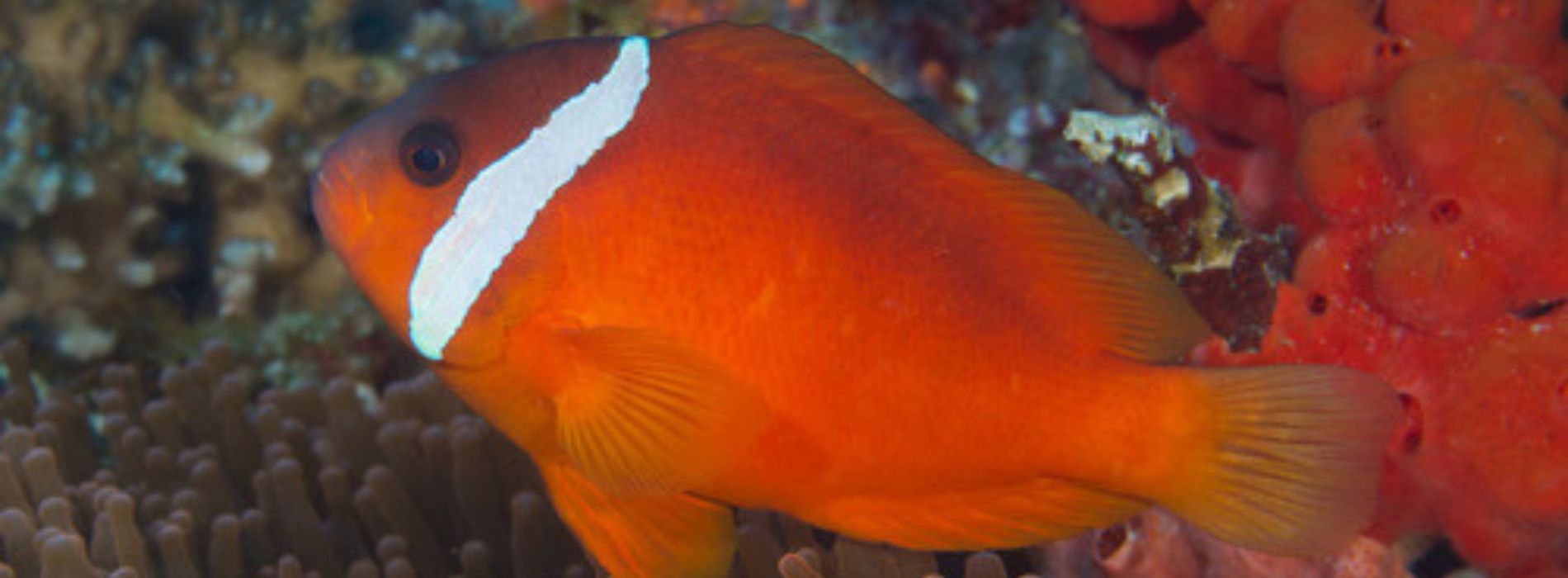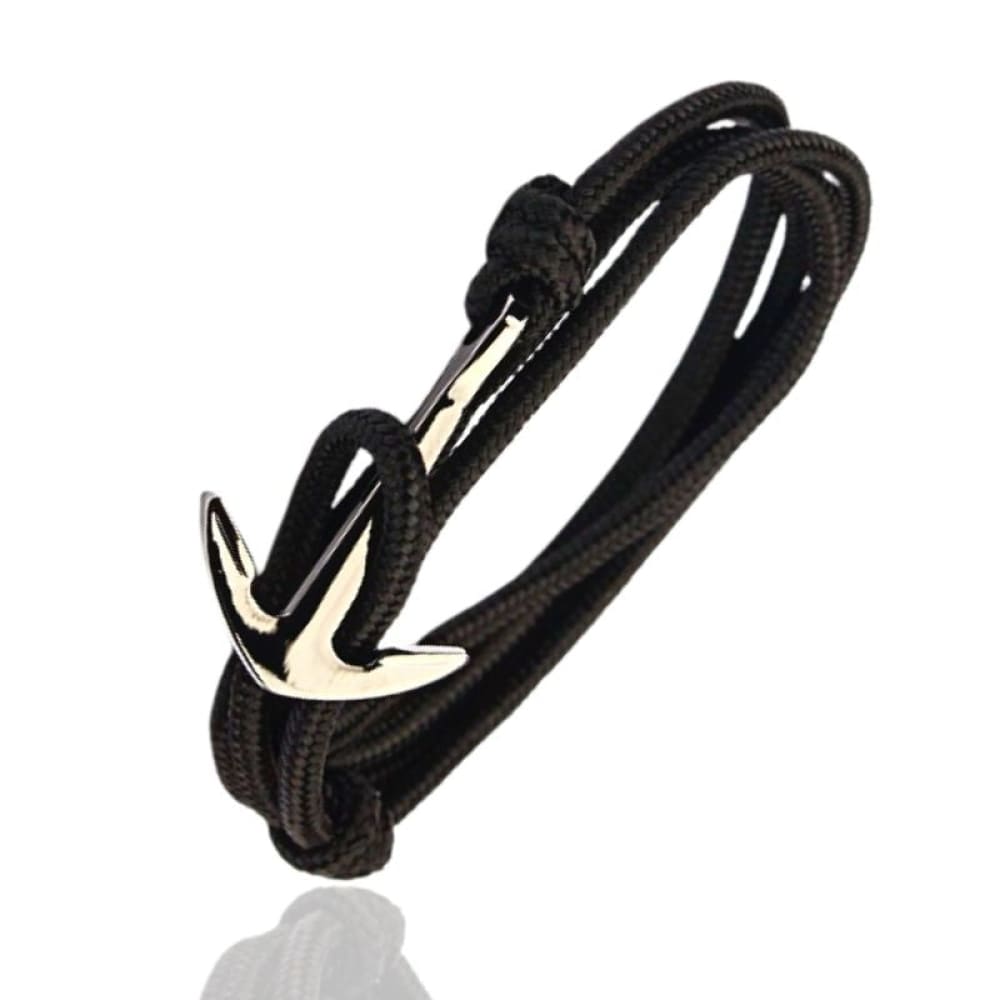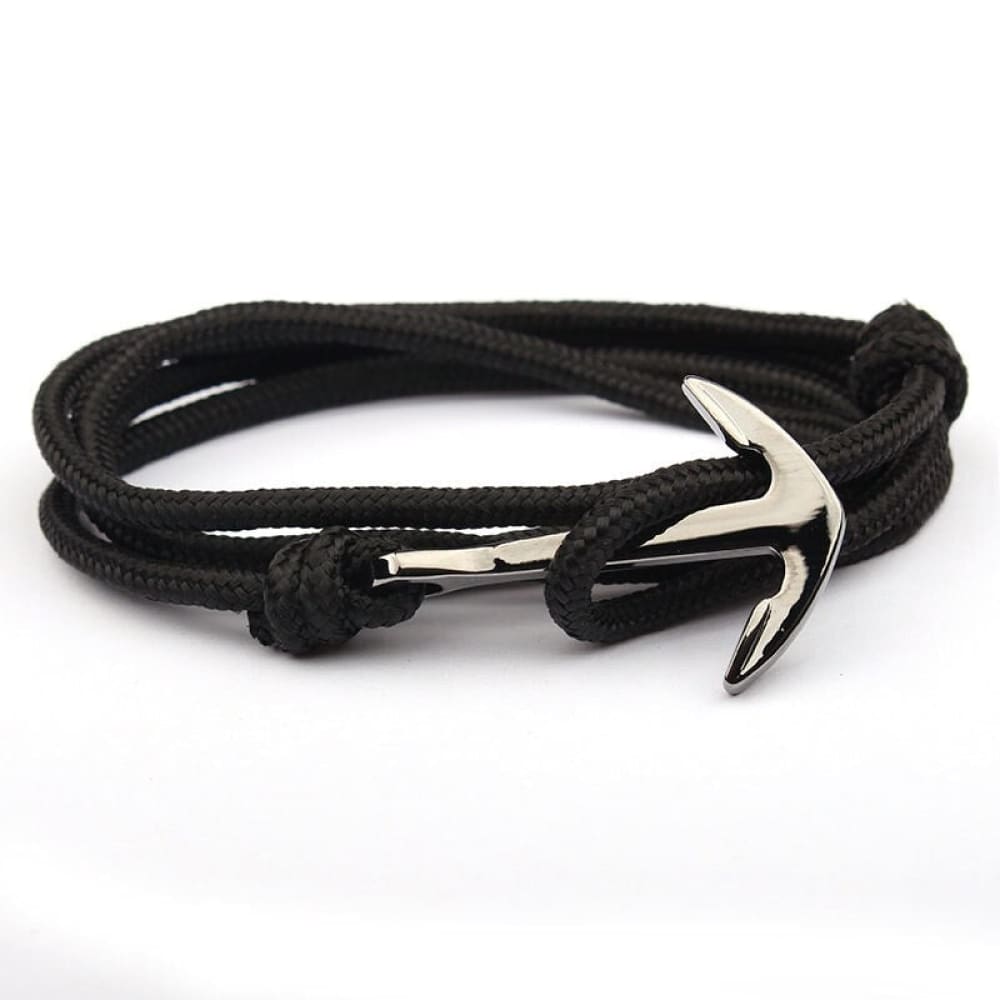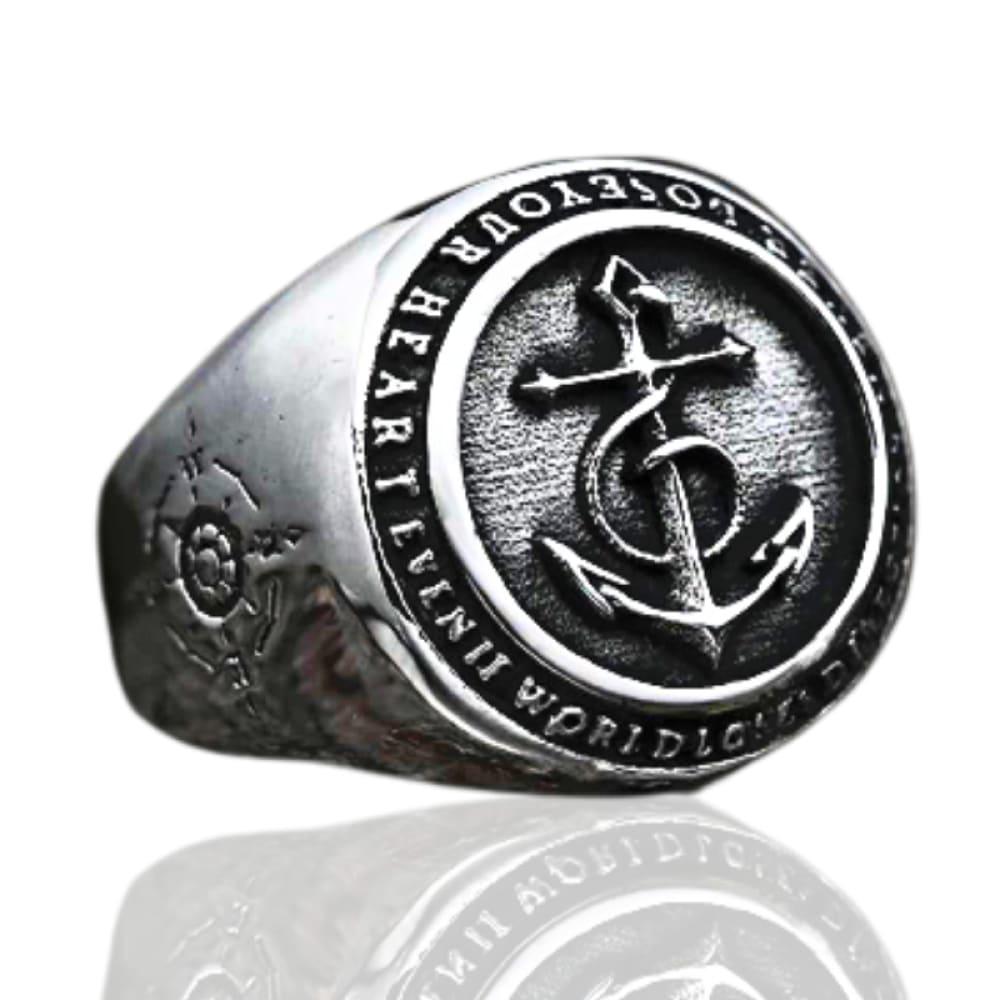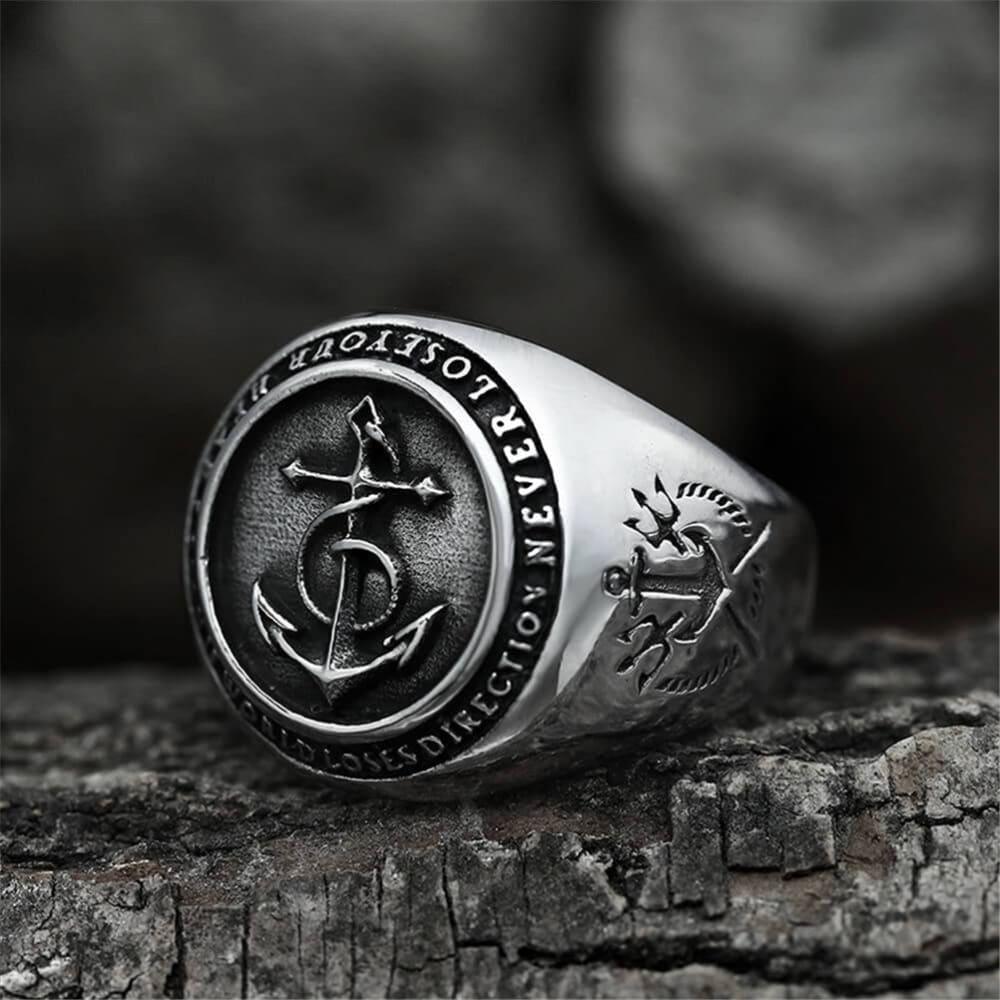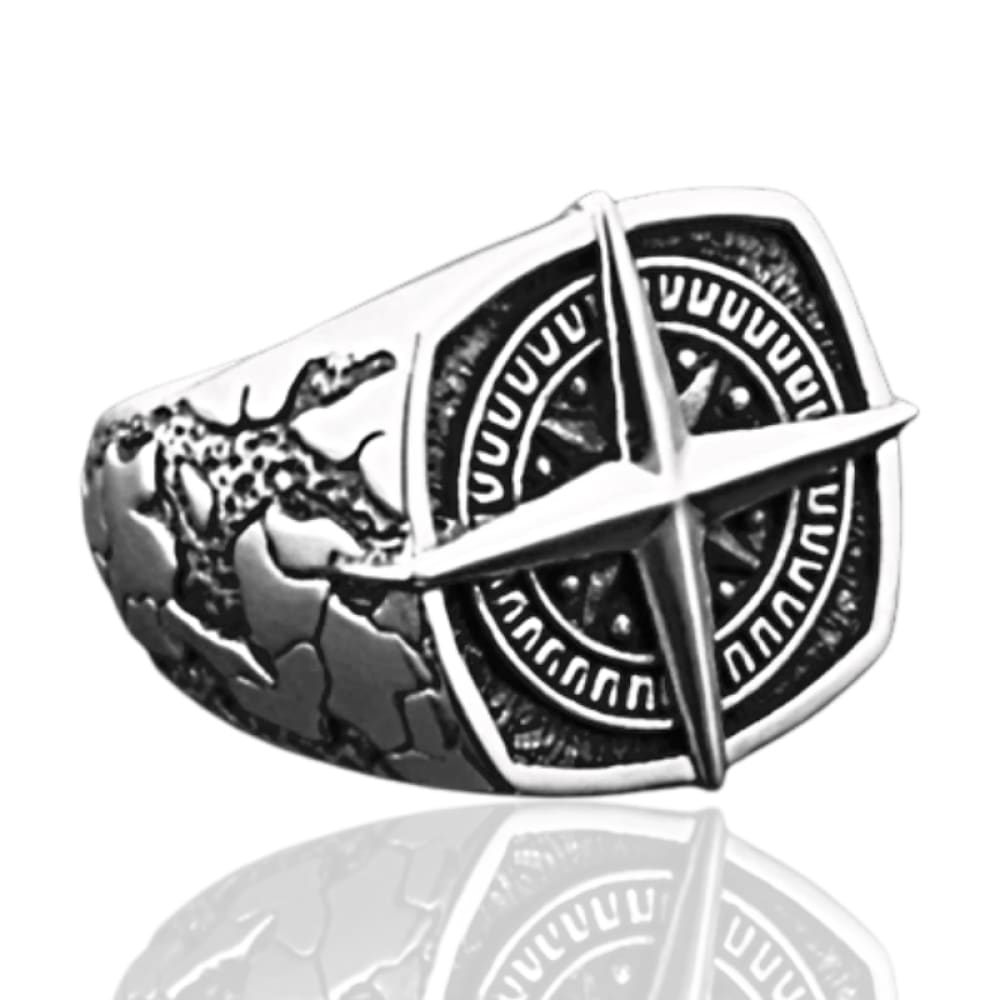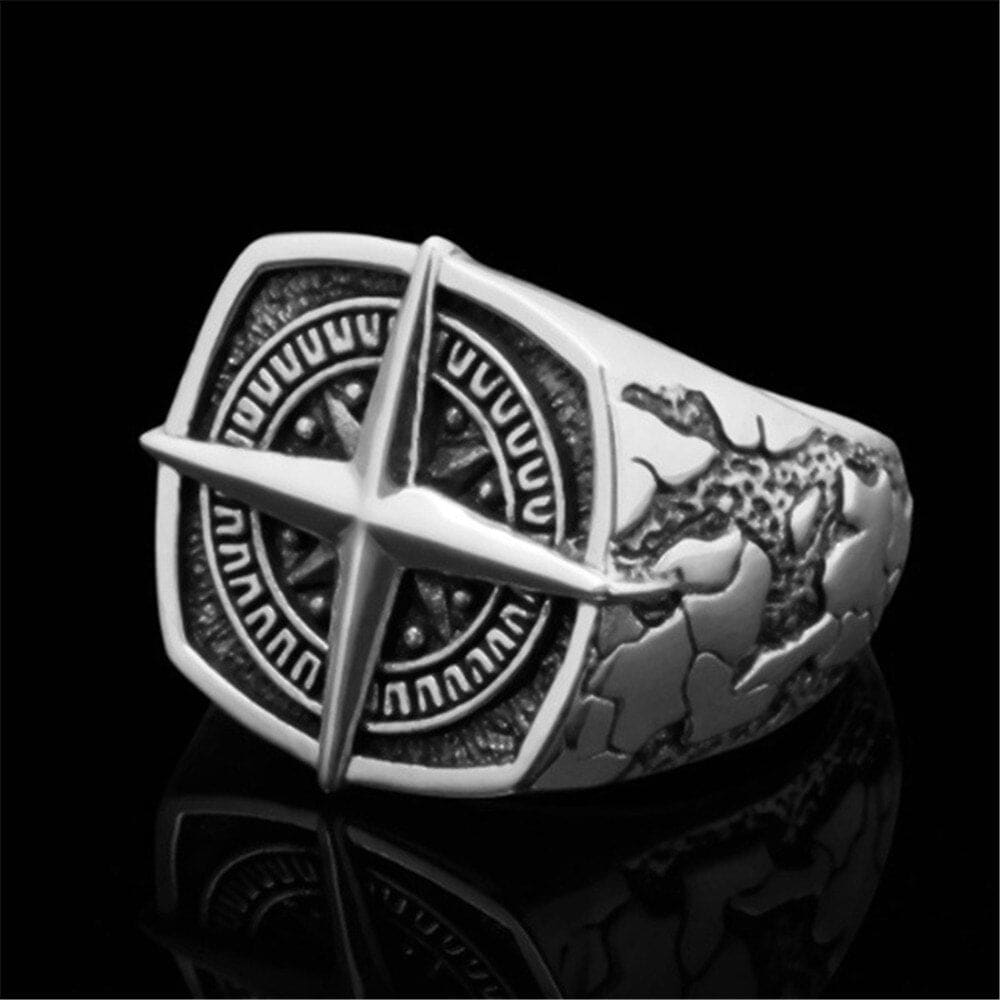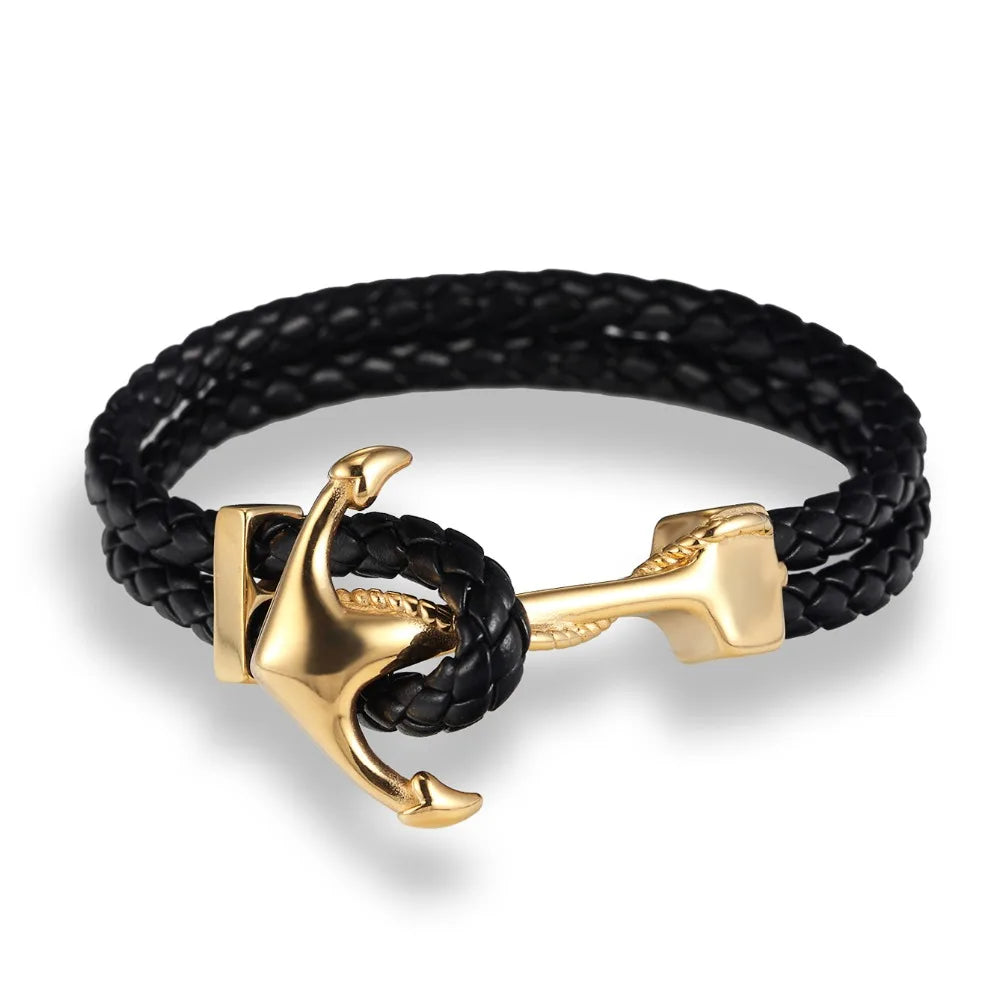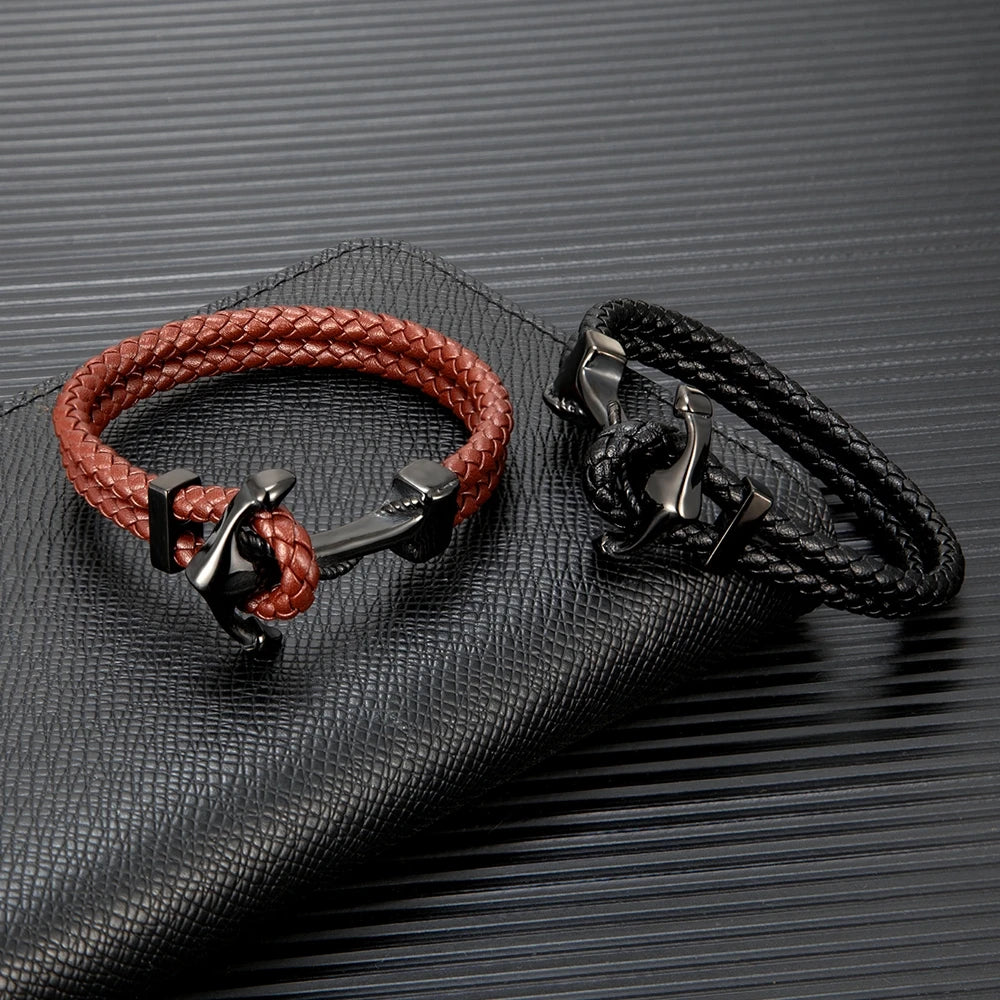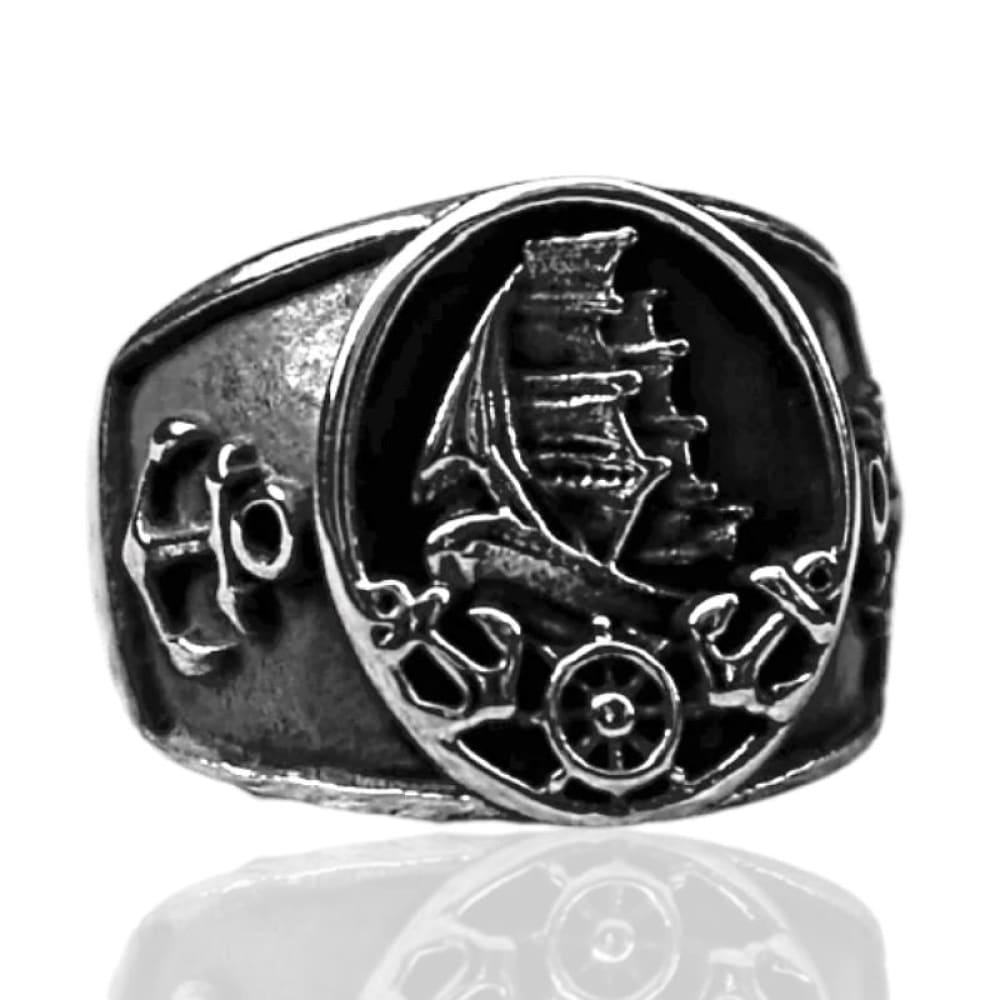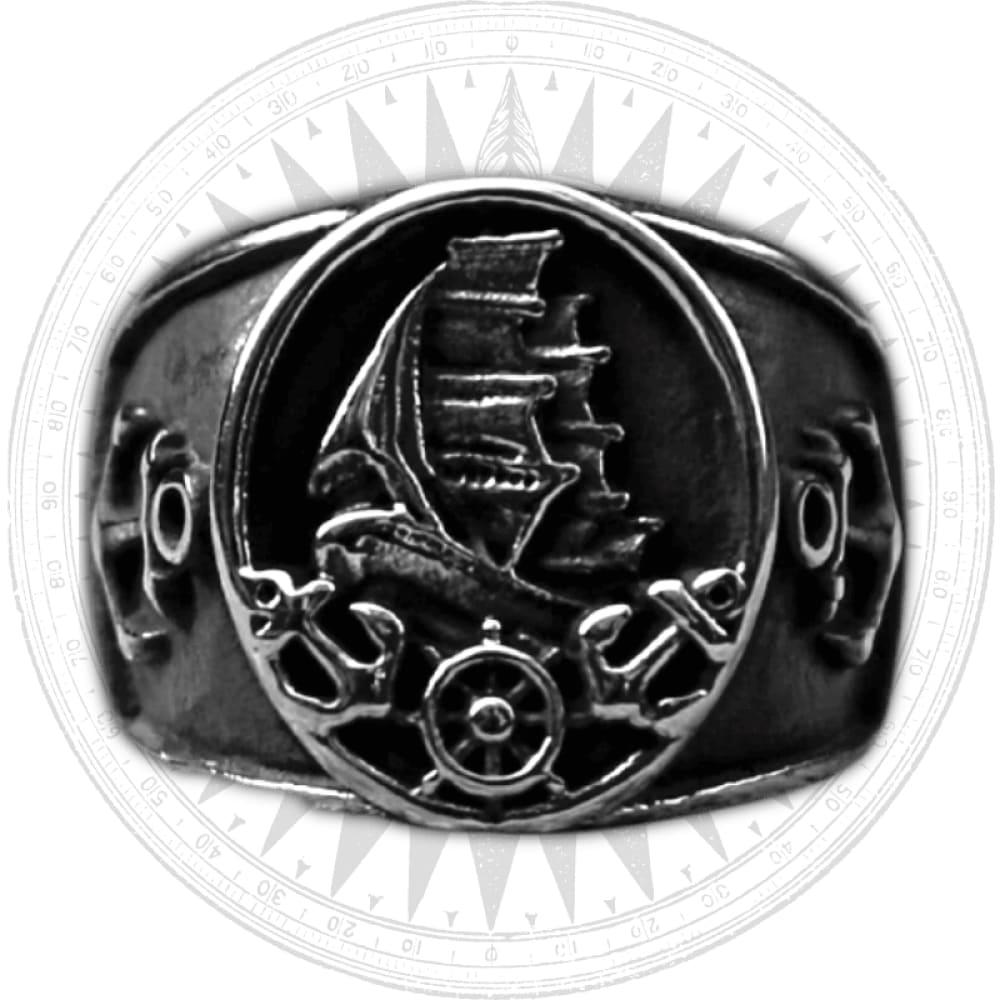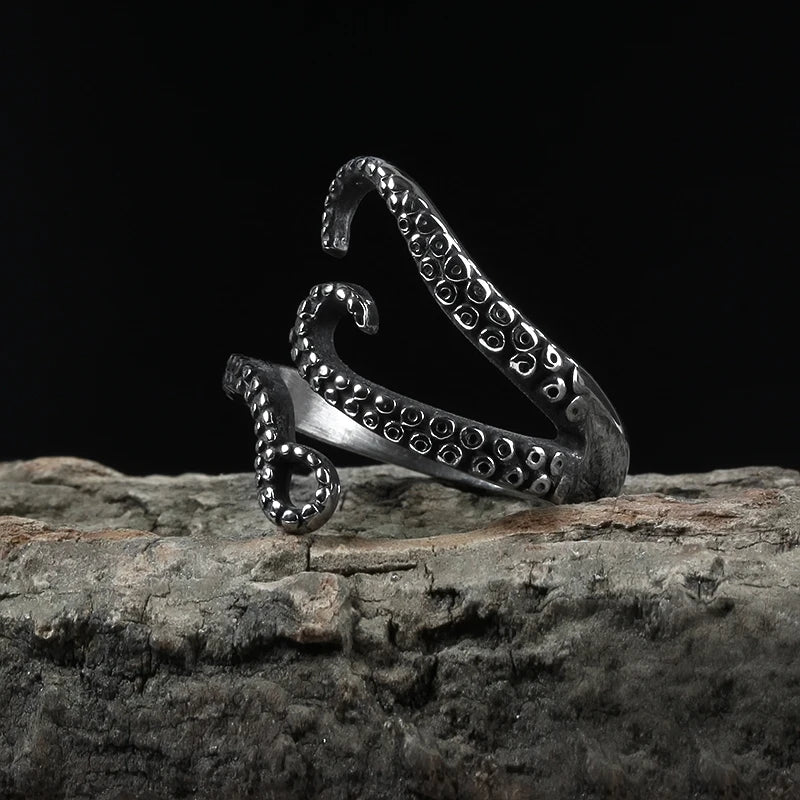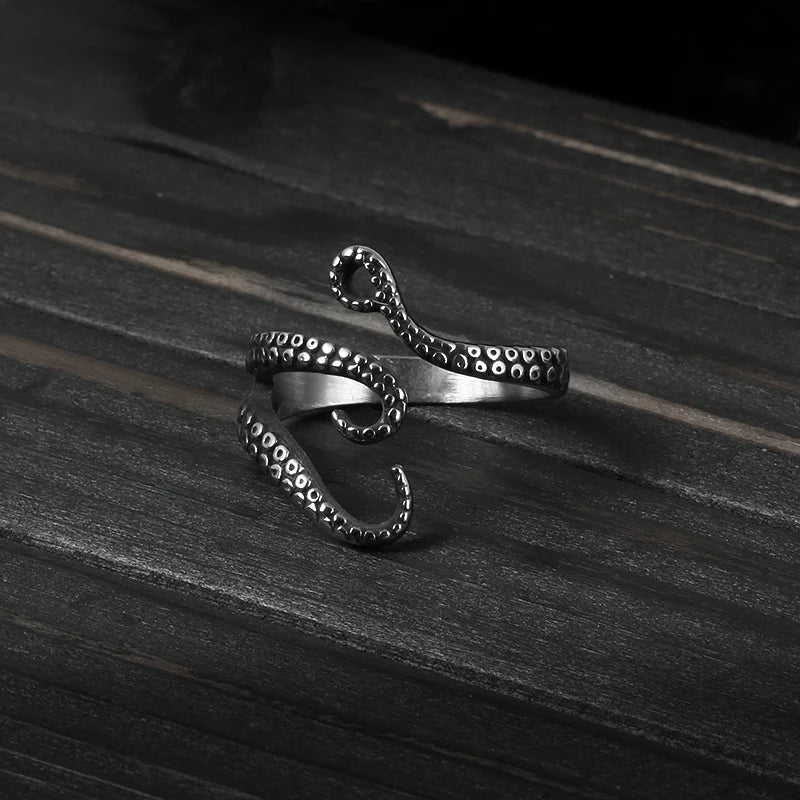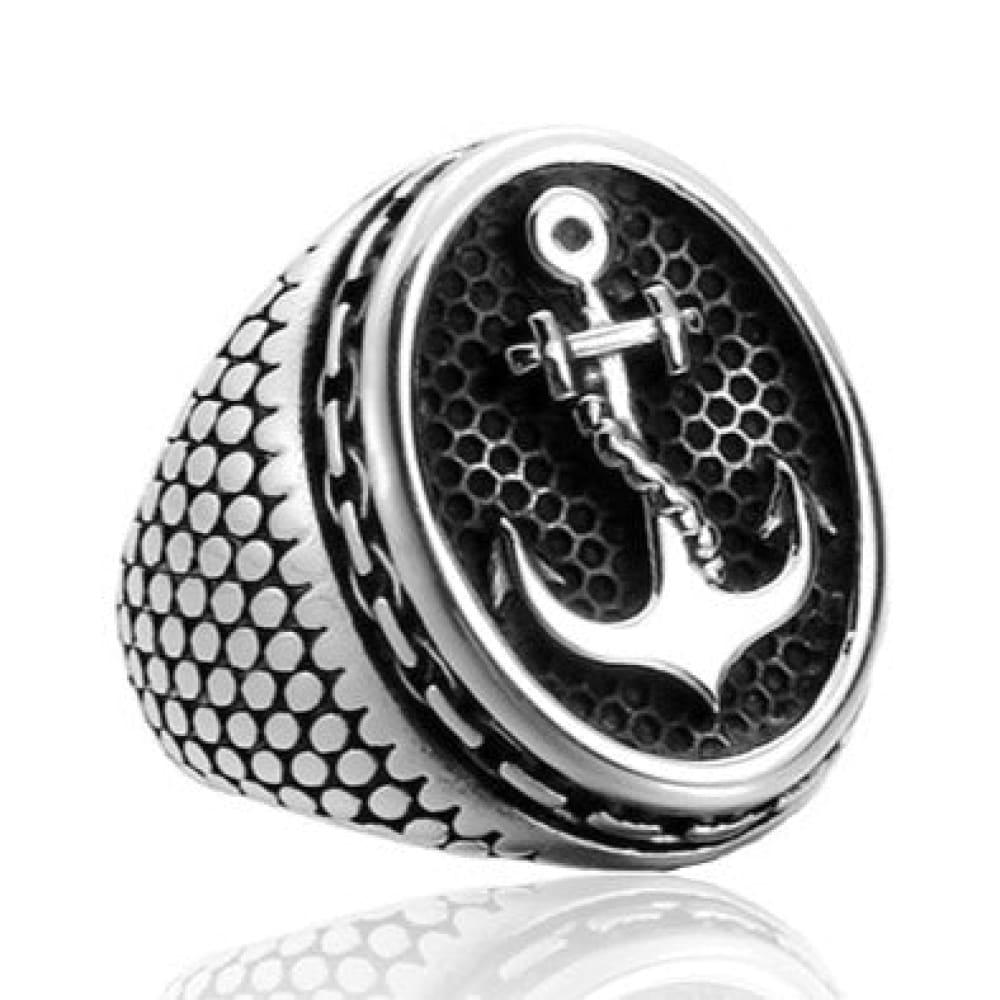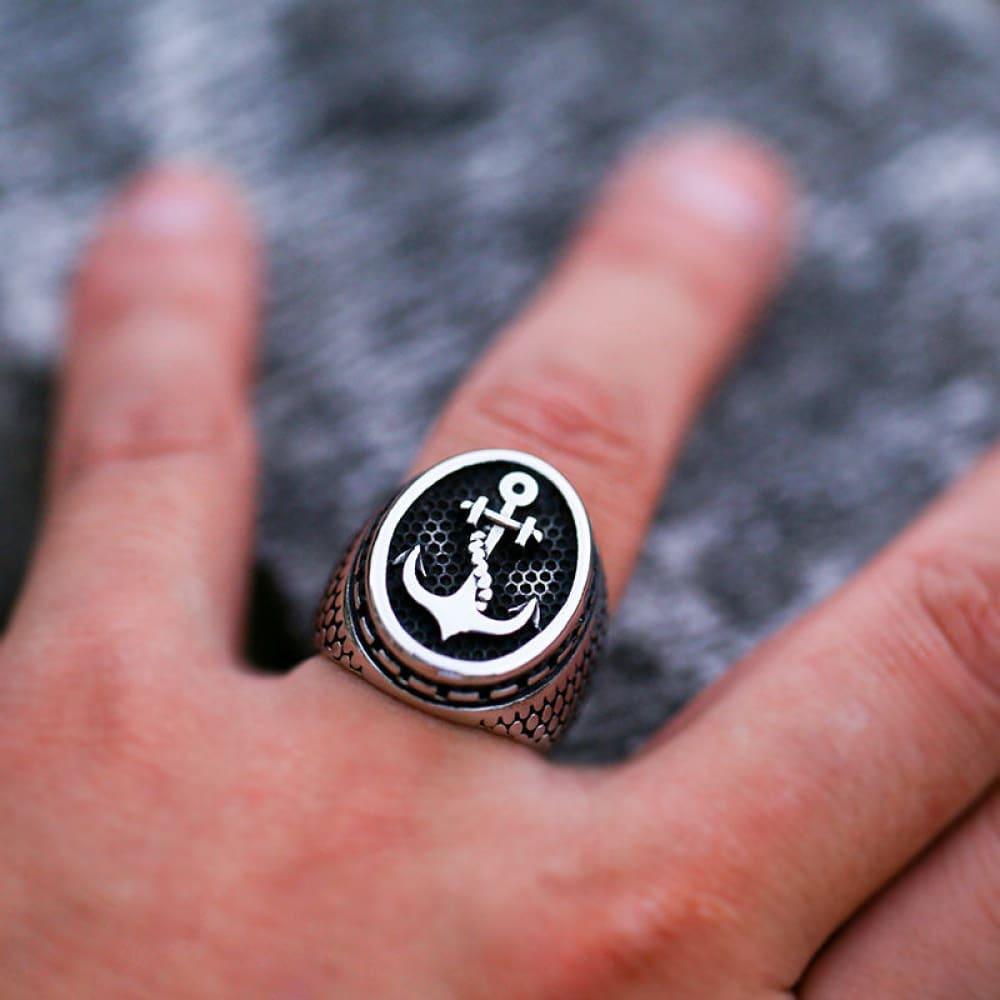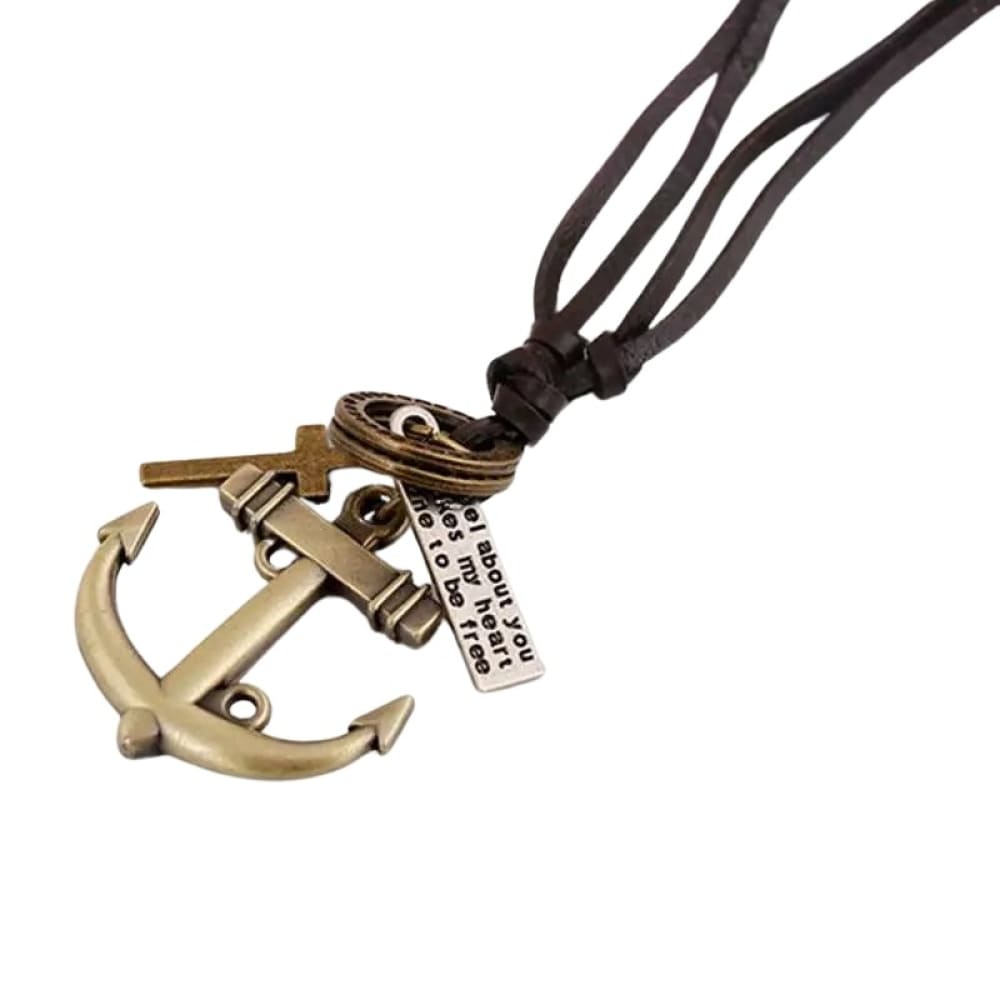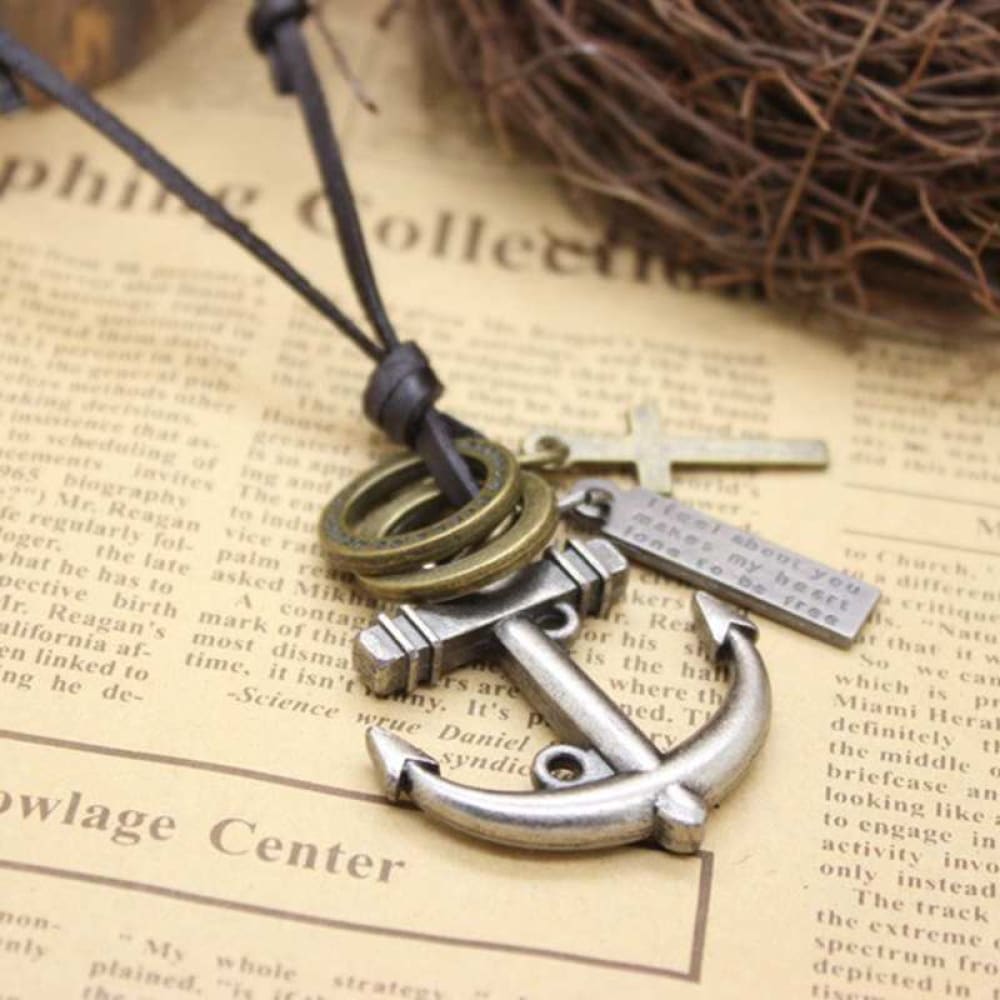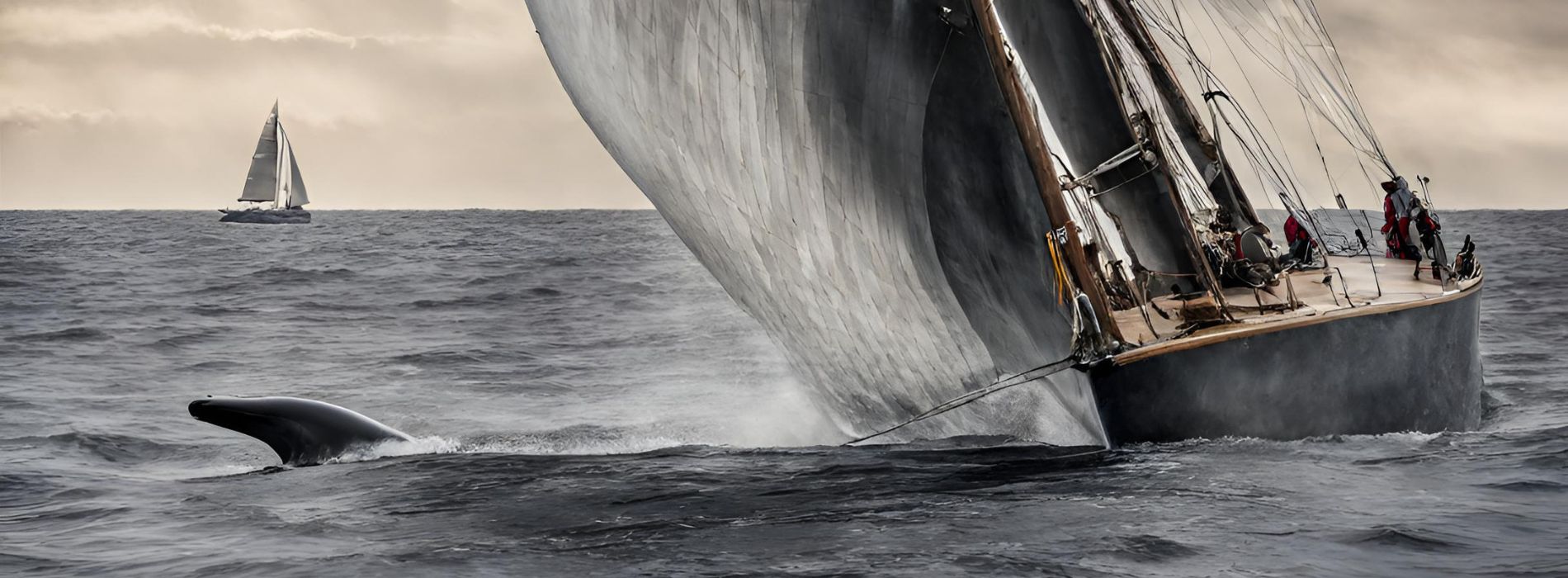In the mesmerizing world of coral reefs, there exists a captivating creature known as Amphiprion barberi, commonly referred to as the Fiji Anemonefish. With its vibrant reddish-orange coloration and bright orange face and finnage, this species has become a favorite among marine aquarium enthusiasts. As a member of the clownfish family, Amphiprion barberi possesses unique characteristics and behaviors that make it a fascinating addition to any marine tank. In this article, we will explore the native habitat, care requirements, feeding habits, and other intriguing facets of this enchanting fish.
Table of contents
- Introduction
-
Native Habitat and Species Information
- Distribution and Behavior
- Aquarium Compatibility
-
Aquarium Care
- Suitable Tank Setup
- Aggression Levels and Tank Mates
- Reef Environment Considerations
-
Feeding and Nutrition
- Varied Diet for Optimal Health
- Recommended Food Types
-
Breeding and Reproduction
- Sequential Hermaphroditism
- Breeding Pair Dynamics
-
Color Variations and Similar Species
- Unique Coloration of Amphiprion barberi
- Comparison with A. rubrocinctus and A. melanopus
-
Conservation Status
- Environmental Threats
- Geographic Range and Population
-
Etymology and Scientific Discovery
- Recognition of Paul Barber's Contributions
- DNA Sequencing and Species Description
-
Interesting Facts and Trivia
- Symbiotic Relationship with Sea Anemones
- Maximum Size and Physical Characteristics
- Our last words
2. Native Habitat and Species Information

Distribution and Behavior
The Fiji Barberi Clownfish, Amphiprion barberi, is found in the coral reefs and tidal reefs of Fiji. It is a color variant of the Amphiprion melanopus clownfish, which inhabits various locations in the Australian South Pacific and Western Pacific Ocean. Despite being a relatively recent discovery, the Fiji Anemonefish has gained popularity among both beginner and advanced marine aquarium hobbyists due to its striking appearance and adaptability.
Aquarium Compatibility
The Fiji Anemonefish is a versatile species that can thrive in both Fish-Only-With-Live-Rock (FOWLR) and reef aquarium setups. Its semi-aggressive temperament allows it to coexist with larger and more aggressive fish species without being bullied. However, caution should be exercised when considering smaller nano-cube environments, as the Fiji Barberi Clownfish's boisterous behavior may cause stress to more delicate reef species.
3. Aquarium Care
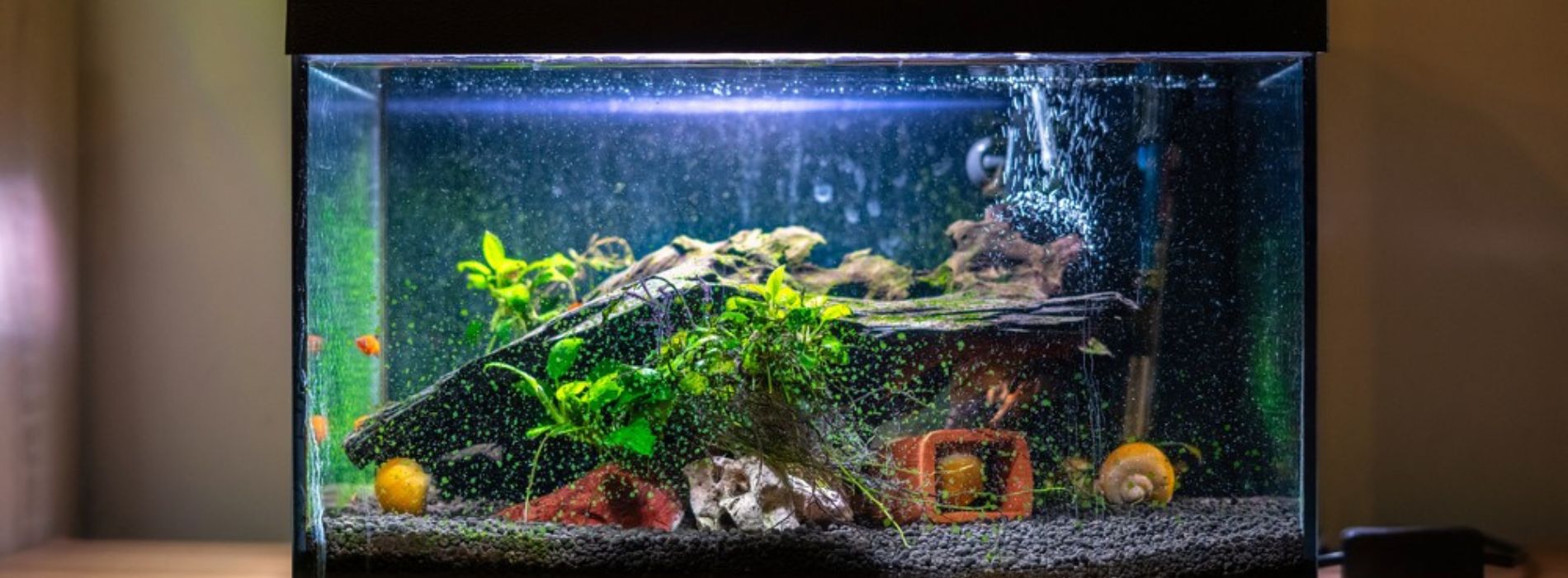
Suitable Tank Setup
To provide a suitable environment for the Fiji Barberi Clownfish, it is important to include plenty of rock work and caves in the aquarium. These elements mimic the natural habitat of the fish and allow it to establish its own territory. Additionally, the presence of caves and crevices provides a sense of security for the fish, allowing it to retreat when it feels threatened.
Aggression Levels and Tank Mates
The Fiji Anemonefish exhibits a moderate level of aggression, which makes it compatible with a wide range of tank mates. It can coexist with both larger and smaller fish species, as long as they are not overly aggressive. When housing multiple clownfish, it is recommended to keep them as a single specimen, a mated pair, or a small group of 5 to 6 individuals.
Reef Environment Considerations
One of the unique aspects of the Fiji Barberi Clownfish is its ability to establish a symbiotic relationship with host anemones. While not essential for their survival, the presence of larger anemones, such as Entacmaea quadricolor or carpet anemones, is greatly appreciated by the clownfish. These anemones provide protection and shelter for the fish, contributing to their overall well-being.
4. Feeding and Nutrition

Varied Diet for Optimal Health
To ensure the optimal health of the Fiji Barberi Clownfish, it is important to provide a varied diet that includes both plant-based and meaty foods. A diverse nutritional intake helps maintain a robust immune system and enhances the fish's overall vitality.
Recommended Food Types
The Fiji Anemonefish readily consumes a variety of food types, including flake, small pellets, freeze-dried, frozen, and live foods. Offering a mixture of quality foods such as formula I & II, Mysis Shrimp, enriched Brine Shrimp, and Cyclop-eeze ensures a balanced nutritional intake. These foodstuffs provide essential nutrients and mimic the variety of prey items found in their natural habitat.
5. Breeding and Reproduction
Sequential Hermaphroditism
The Fiji Anemonefish exhibits sequential hermaphroditism, a unique reproductive strategy commonly observed in clownfish species. Within a breeding group, the female is the largest individual, followed by the breeding male. The male non-breeders gradually decrease in size as the hierarchy descends. This size-based dominance hierarchy ensures reproductive success and prevents unnecessary aggression within the group.
Breeding Pair Dynamics
In the event of the breeding female's death, the largest non-breeding male undergoes a sex change and becomes the breeding male. This phenomenon, known as protandry, ensures the continuity of reproduction within the group. The new breeding male will take on the responsibilities of protecting the eggs and caring for the brood until they hatch.
6. Color Variations and Similar Species

Unique Coloration of Amphiprion barberi
Amphiprion barberi possesses a stunning coloration, characterized by a vibrant red-orange body with a single white bar. The snout and breast of the fish are orange, and its caudal, dorsal, and anal fins also display shades of orange. Unlike some other anemonefish species, the Fiji Barberi Clownfish does not exhibit significant color variations based on geographic location, sex, or host anemone.
Comparison with A. rubrocinctus and A. melanopus
Amphiprion barberi can be distinguished from geographically distinct species such as Amphiprion rubrocinctus and Amphiprion melanopus. A. rubrocinctus is primarily found in northwestern Australia, while A. melanopus has a wide distribution in the western Pacific. These species display significant differences in color pattern and fin ray counts, making them easily distinguishable from the Fiji Anemonefish.
7. Conservation Status

Environmental Threats
As with many other marine organisms, the Fiji Anemonefish faces environmental threats due to habitat loss and environmental changes. Factors such as increased water temperature and acidification can lead to coral bleaching, potentially affecting the survival of the anemones that serve as their hosts.
if you want to know more about coral bleeching, click here!
Geographic Range and Population
The Fiji Barberi Clownfish has a relatively small geographic range, primarily found in Fiji, Tonga, and the Samoan Islands. However, it is considered common in Fiji and frequently encountered in Samoa, which may reduce the risk of extinction associated with its limited distribution. Despite its vulnerability to environmental changes, this fish has not been evaluated in the IUCN Red List.
8. Etymology and Scientific Discovery
Recognition of Paul Barber's Contributions
The specific name, barberi, honors Paul Barber of Boston University for his significant contributions to the study of genetic relationships among Indo-Pacific coral reef organisms. His research has shed light on the evolutionary history and genetic diversity of various marine species, including the Fiji Barberi Clownfish.
DNA Sequencing and Species Description
The classification of the Fiji Anemonefish as a distinct species was based on extensive DNA sequencing and further study. Initially considered a color variation of other anemonefish species, DNA analysis revealed significant genetic differences, leading to the formal description of Amphiprion barberi as a new species in 2008.
9. Interesting Facts and Trivia

Symbiotic Relationship with Sea Anemones
Like all anemonefish species, the Fiji Barberi Clownfish forms a symbiotic mutualism with sea anemones. They have a unique adaptation that allows them to be unaffected by the stinging tentacles of their host anemone. This relationship provides the clownfish with protection and shelter, while the anemone benefits from the fish's nutrient-rich waste.
Maximum Size and Physical Characteristics
The Fiji Anemonefish can reach a maximum length of 8.5 cm (3+1⁄4 in). It possesses 10 dorsal spines, 2 anal spines, and 16-18 dorsal soft rays, as well as 14 anal soft rays. These physical characteristics contribute to its agility and maneuverability within the intricate coral reef environment.
10. Our last words
In the vast and captivating world of marine life, the Fiji Barberi Clownfish, or Amphiprion barberi, stands out with its vibrant colors and distinctive behaviors. This enchanting creature adds a touch of beauty and liveliness to any marine aquarium, captivating both beginner and advanced hobbyists alike. With proper care, a suitable tank setup, and a varied diet, this species can thrive and bring joy to its owner for years to come.
We hope you've enjoyed this article about the Amphiprion barberi !
Feel free to subscribe to our private newsletter to receive more exclusive article. You will also receive a 10% bonus discount for our sea world catalogue. You will be notified via email whenever we release a new wonderful jewelry piece of the ocean.
Feel free also to go check out our website, we provide the best sea content and we offer you the best nautical jewelry all around the globe !

